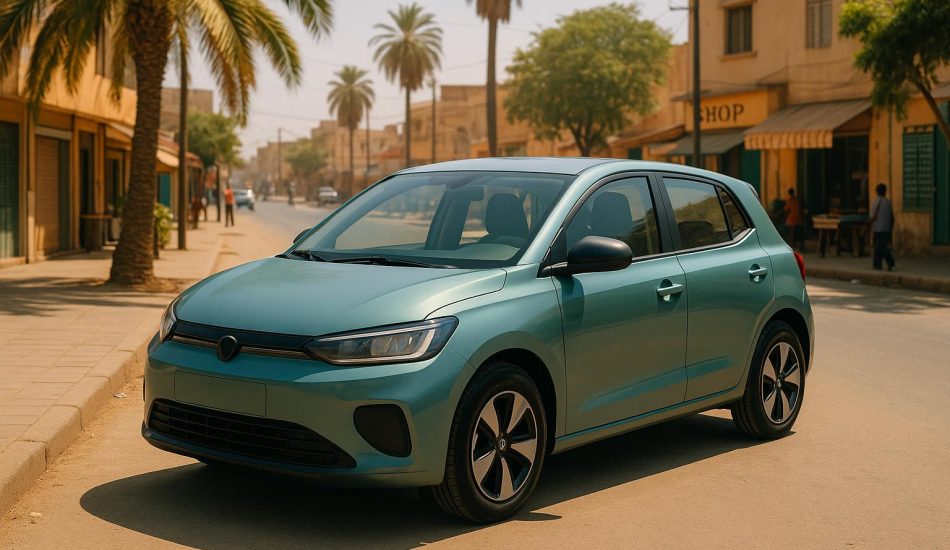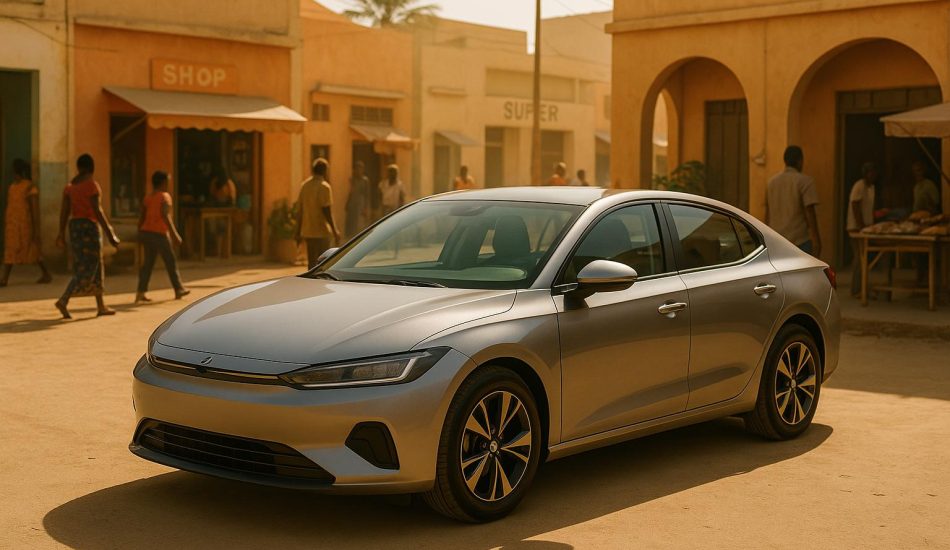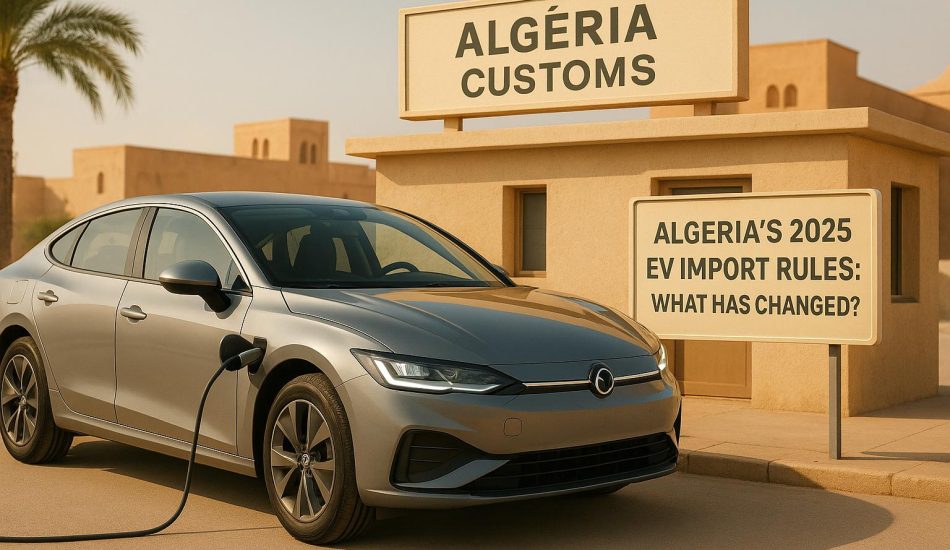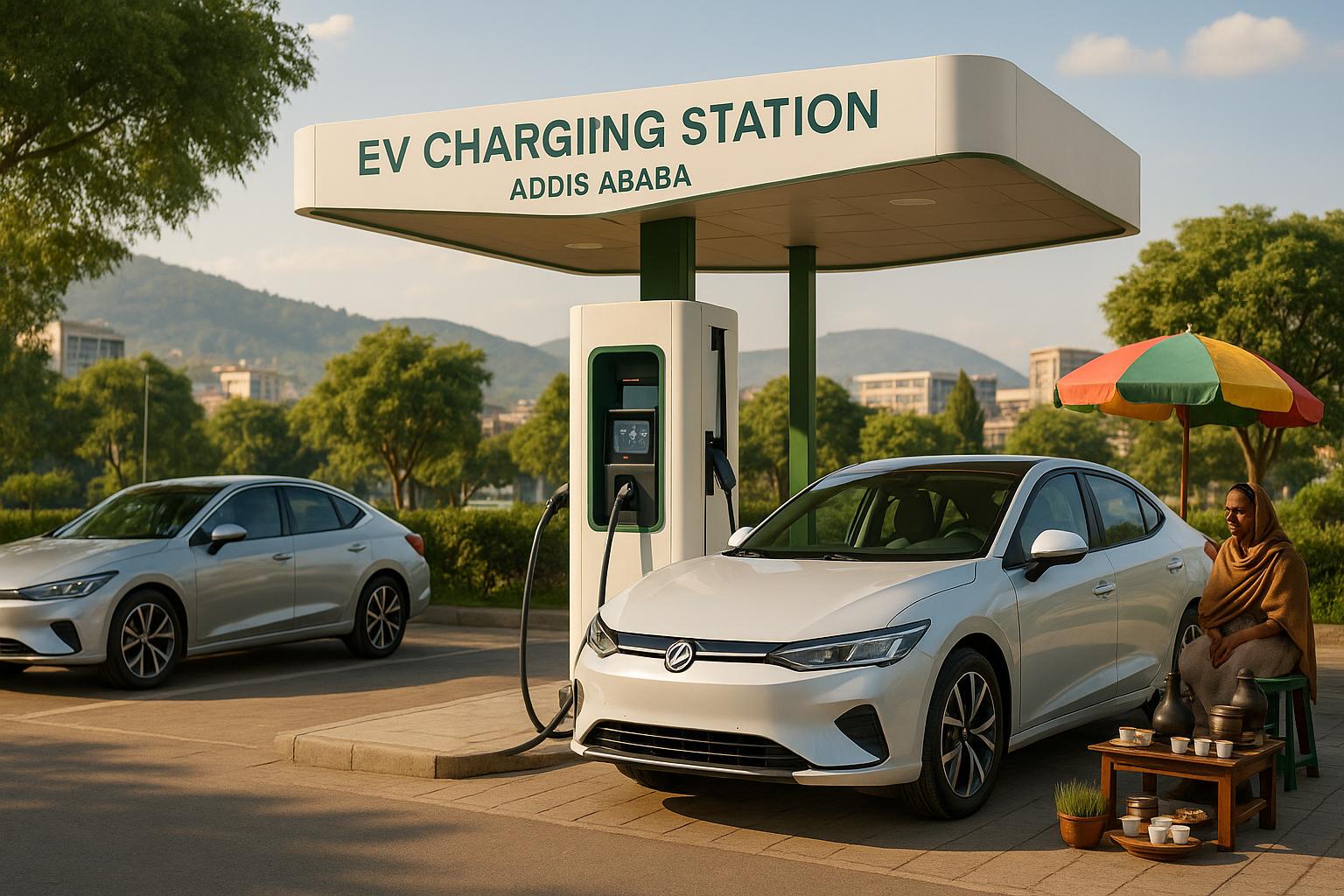
Ethiopia, a country often celebrated for its rich cultural history and long-distance running champions, is now taking massive strides toward a sustainable and electrifying future. In a surprising yet inspiring turn of events, the East African nation is positioning itself as a leader in electric vehicle (EV) adoption – a movement that could have ripple effects across the entire African continent.
This transformative vision is not just about modernizing transportation; it’s about reshaping Ethiopia’s economy, combating climate change, and setting an example for developing nations worldwide. With bold policy changes, abundant renewable energy resources, and a growing entrepreneurial ecosystem, Ethiopia’s EV push is nothing short of revolutionary. Here’s why the nation’s green strategy could be a game-changer for Africa.
Ethiopia’s Leapfrog Moment: From Fuel Imports to EV Dominance
In January 2024, Ethiopia made global headlines by becoming one of the first countries to ban the importation of non-electric vehicles. This groundbreaking policy was not just a gesture toward environmentalism but a strategic move to tackle a key economic challenge: its dependence on costly fuel imports. In 2023 alone, Ethiopia spent nearly $6 billion on imported fossil fuels, over half of which was consumed by vehicles. By cutting out internal combustion engines (ICEs), the government aims to redirect these funds toward domestic priorities and reduce reliance on foreign currency reserves.
But Ethiopia’s EV aspirations didn’t materialize overnight. The groundwork was laid years earlier, starting with dramatic tax reductions on electric vehicles in 2022. While traditional vehicles faced a convoluted web of taxes – ranging from value-added tariffs to excise duties exceeding 100% – electric cars enjoyed significantly reduced import rates. Fully assembled EVs were taxed at just 15%, and locally assembled ones at a mere 5%. These incentives sent a clear message: Ethiopia was committing to an electrified and sustainable future.
Powering the Revolution: The Role of the Grand Ethiopian Renaissance Dam
An ambitious EV rollout requires a backbone of affordable and sustainable electricity. For Ethiopia, that backbone is the Grand Ethiopian Renaissance Dam (GERD). With the capacity to generate over 5,000 megawatts of power, GERD is Africa’s largest hydroelectric project and the cornerstone of Ethiopia’s green strategy. The dam is set to double the nation’s electricity generation, creating a surplus of renewable energy that makes EV ownership not only environmentally friendly but also economically viable.
Electricity in Ethiopia is among the world’s cheapest, with rates as low as $0.02 per kilowatt-hour for households using minimal energy. This low cost enables EV users to slash their transportation expenses dramatically. For instance, one Ethiopian EV owner reported cutting monthly costs by 50–60% after switching from a gasoline vehicle. GERD’s excess electricity also allows Ethiopia to export clean energy to neighboring nations, turning sustainability into a regional economic opportunity.
Building an EV Ecosystem: Entrepreneurs Lead the Way
While Ethiopia’s government laid the policy framework, the private sector is stepping in to build the EV ecosystem from the ground up. Local businesses and international partnerships are driving the production, import, and infrastructure development needed to make EVs accessible.
Marathon Motors: Pioneering EV Manufacturing
Marathon Motors Engineering, a joint venture between legendary Ethiopian runner Haile Gebrselassie and Hyundai, is at the forefront of this movement. The company began assembling Hyundai’s electric Ioniq in Ethiopia in 2020, later expanding its portfolio to include models like the Kona EV. To build consumer confidence, Marathon Motors offers warranties of up to eight years on EV batteries. The company has also taken steps to address infrastructure gaps by installing charging stations in Addis Ababa in partnership with Total Energies.
Green Tech Africa: Driving Accessibility
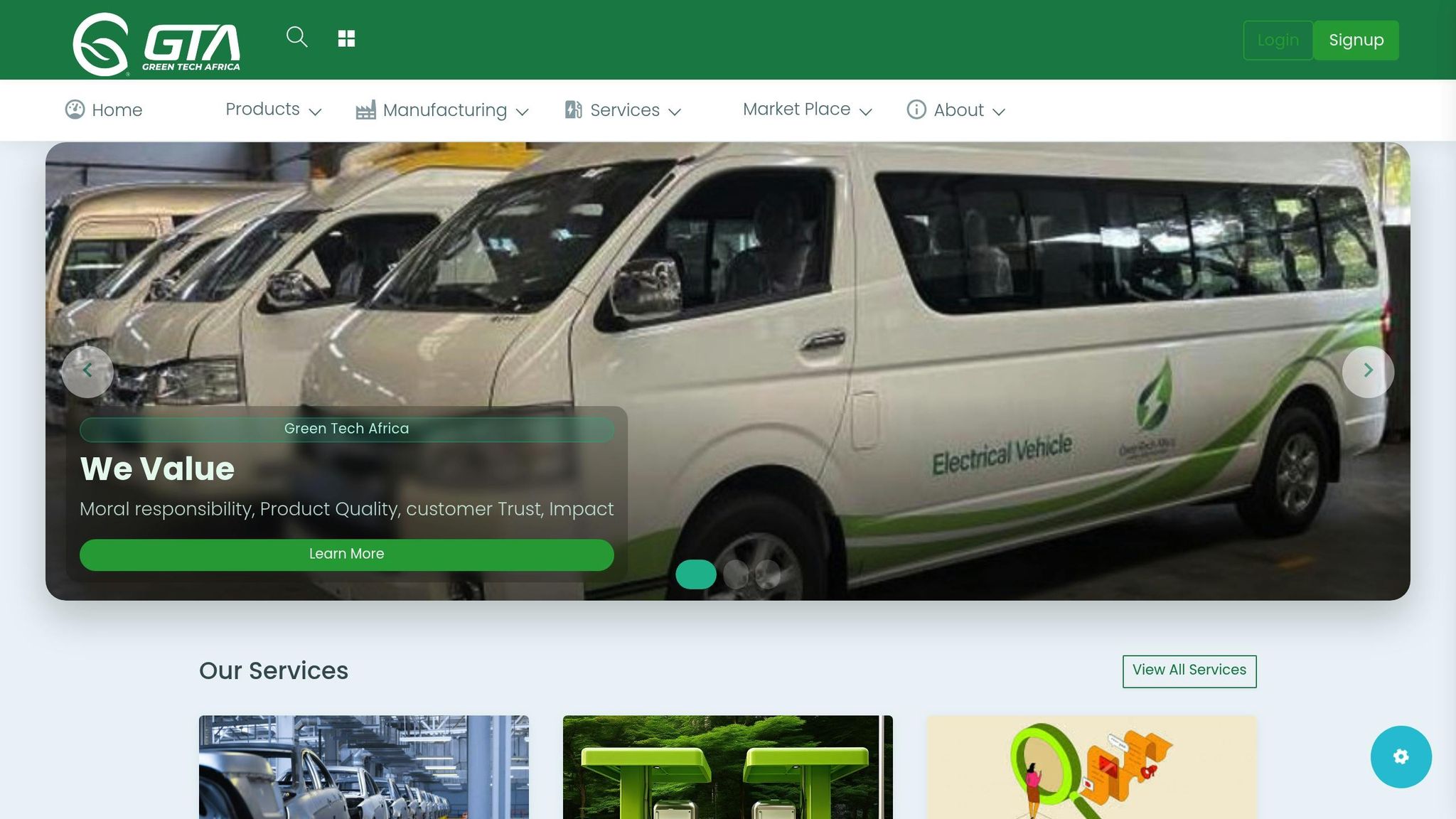
Another major player is Green Tech Africa, which focuses on importing and assembling affordable EVs and solar-powered vehicles from China’s Dongfeng Motors. The company has introduced innovative financing options, such as a 40/60 payment plan with microfinance institutions, to make EV ownership attainable for more Ethiopians. Additionally, Green Tech Africa is investing in skills development by training technicians for EV maintenance and repair, ensuring long-term sustainability for the sector.
International Collaboration
China has emerged as a key partner in Ethiopia’s EV revolution, with companies like BYD actively involved in supplying and assembling vehicles. Local manufacturing facilities, such as a new $52 million factory in Debre Birhan, have been established to boost production capacity. Meanwhile, opportunities for American and European firms to enter the market – particularly in charging equipment and battery recycling – are expanding as Ethiopia continues to attract global interest.
Challenges on the Road Ahead
The rapid pace of Ethiopia’s transition to EVs has not been without obstacles. From infrastructure gaps to affordability concerns, the journey is far from smooth.
- Charging Infrastructure: While urban areas like Addis Ababa are seeing a rise in charging stations, rural regions remain underserved. Long-distance travel in EVs is risky, as charging points are sparse outside major cities. The government’s plans to install chargers along highways are ambitious but will take significant investment and time.
- Grid Reliability: Despite GERD’s potential, Ethiopia’s national grid faces frequent outages, particularly in rural areas. Scaling up grid infrastructure will be crucial to meeting the energy demands of an electrified transport system.
- Affordability: For many Ethiopians, even the most affordable EVs remain out of reach. With an average monthly income of roughly £60 for professionals like doctors, the upfront cost of an EV (approximately £11,000 for some models) is prohibitively expensive. Financing options and subsidies will be essential to bridge this gap.
- After-Sales Service: A lack of skilled technicians and the difficulty of sourcing spare parts has led to frustration among early adopters. Building a robust network for EV repairs and maintenance is critical for long-term growth.
A Model for Africa’s Green Transition
Ethiopia’s EV revolution is more than a national endeavor; it is a beacon of possibility for the entire continent. With one of the lowest car ownership rates in the world, Ethiopia is uniquely positioned to leapfrog the fossil fuel era and embrace a clean energy future. The country’s Climate Resilient Green Economy (CRGE) strategy, launched in 2011, aims to achieve middle-income status by 2025 while maintaining zero net carbon emissions – an ambitious goal that EV adoption is helping to realize.
The success of Ethiopia’s EV push could inspire other African nations to follow suit. By demonstrating how bold policy, renewable energy, and entrepreneurial innovation can drive a green revolution, Ethiopia is creating a roadmap for sustainable development across the Global South.
Key Takeaways
- Bold Policies for Change: Ethiopia banned the importation of non-electric vehicles in 2024, signaling its commitment to sustainable transportation.
- Economic Rationale: The move significantly reduces the nation’s $6 billion annual fuel import bill, easing foreign currency pressures.
- Renewable Energy Backbone: The Grand Ethiopian Renaissance Dam provides abundant, low-cost electricity to power the EV transition.
- Entrepreneurial Ecosystem: Companies like Marathon Motors and Green Tech Africa are driving innovation, from assembly to financing and infrastructure.
- Challenges to Address: Expanding charging infrastructure, improving grid reliability, and making EVs affordable remain key hurdles.
- Global Implications: Ethiopia’s success could serve as a model for other African nations, highlighting the potential of leapfrogging to clean energy technologies.
Conclusion
Ethiopia’s electrification journey is a testament to what is possible when bold vision meets pragmatic policy and entrepreneurial determination. While challenges remain, the country’s ambition to transform its transportation sector aligns with its broader climate goals and sets the stage for an African green revolution. As the roar of internal combustion engines fades, a quieter but more hopeful sound is emerging across Ethiopia – a sound that could very well echo throughout the continent and beyond.
Source: "Africa’s Green Revolution: Ethiopia’s Unexpected Rise in Electric Vehicles" – g Fun Facts online, YouTube, Sep 15, 2025 – https://www.youtube.com/watch?v=dTMJ5cxyIGo
Use: Embedded for reference. Brief quotes used for commentary/review.


